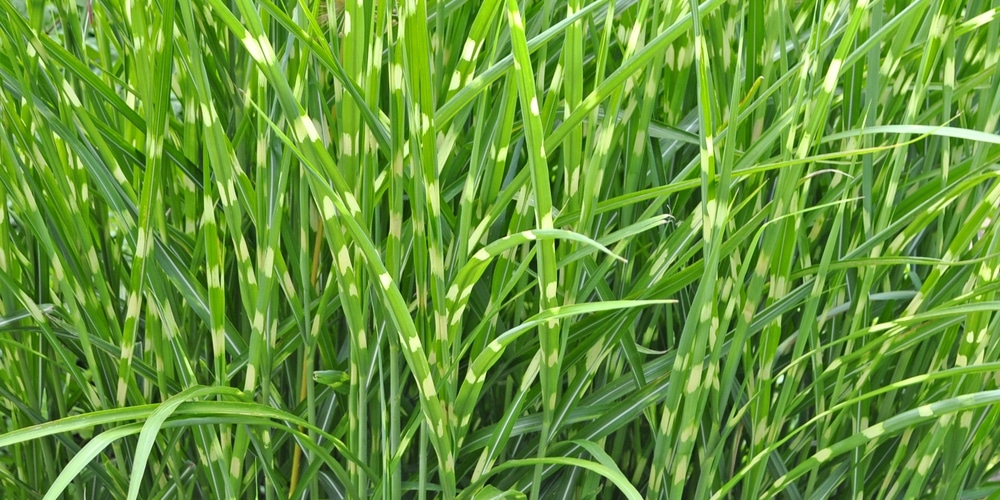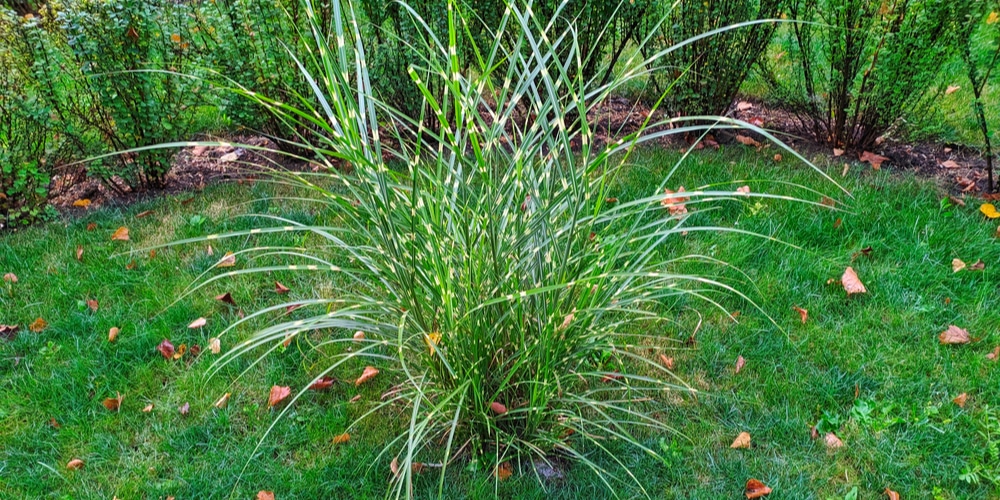Porcupine grass is a low-maintenance ornamental plant that can add an elegant touch to any outdoor space. Its variegated foliage and graceful leaves make this plant an ideal option for a unique and attractive yard.
Perfect for growing as an accent plant, in borders, or in clumps to create a hedge, this plant is versatile and not fussy.
But what should you know about growing it in your garden? And how can you enjoy its beauty to the maximum? Keep reading this essential guide to finding out!
What Is Porcupine Grass?

Porcupine grass is a unique-looking perennial grass that grows in dense clumps. Under ideal conditions, this plant can spread about nine feet tall at maturity and five feet wide.
While similar to the Zebra Grass, this variety is upright and more compact, perfect if you are looking for a plant that grows neat and orderly.
But keep in mind that porcupine grass is native to Asia: it prefers warm and sunny locations and thrives in USDA hardiness zones between 5 and 9.
We recommend you not to plant more than one cultivar on your property: this plant has a considerable invasive potential that might become a concern in some states.
But how can you grow Porcupine grass in your garden? Jump to the following sections to get some of our tips!
Growing Porcupine Grass: Our Tips
As we mentioned, porcupine grass doesn’t require much attention from your side to grow. However, to get the most out of it, you must learn to make your garden’s conditions welcoming to its growth.
To begin with, these plants do better under direct lighting. Pick a location that receives between 4 and 6 hours of sunlight. Even if porcupine grass might tolerate partial shade, it will be much happier under the full sun.
Porcupine grass performs better in warm soils: the ideal temperature should be around 60°F. Colder conditions might stunt growth or cause rotting. Ensure your region offers the climate for growing porcupine grass to avoid issues.
Also, don’t forget to follow a consistent watering schedule after planting it, especially during the blooming season (between mid-spring to early summer), to help the roots develop.
When established, these plants will have no issues tolerating drought and only need water rarely or under extreme temperatures.
While porcupine grass can adapt to various soil conditions, it will perform better in well-draining soil. Consider amending it with compost or manure to improve the nutrient content and increase water retention.
Fertilization isn’t necessary, but it might help with growth, especially if your substrate is poor in nutrient content. Apply a slow-release and balanced fertilizer in the spring to enhance blooming and ensure your plant’s health. Doing so will also prevent yellow foliage.
Pruning will help encourage new growth and remove brown foliage. Do so in the spring to boost growth during the following season. Also, don’t forget to use sterile shears and don’t reduce the volume to more than four inches above the ground.
Luckily, you won’t have much more to worry about when planting porcupine grass in your garden: this plant is hardy and tolerant to most pests and diseases. Plus, it is said to be deer and rabbit resistant!
Landscape Ideas With Porcupine Grass
Porcupine grass is a versatile plant that works well in mass plantings. However, it looks good even by itself. You can use it in any garden or mixed bed, especially if you need something to add some fun to dull areas.
If you don’t have space for it, don’t worry: porcupine grass does excellently even in containers. However, ensure you select a pot whose dimension can accommodate porcupine grass’ spread.
For hedging (after all, this plant will grow to a height of about nine feet tall at maturity), plant it every four feet.
Because of its characteristics, some people decide to plant porcupine grass to keep rodents and other pests away from their property. Because of its low-maintenance and versatility, this plant makes for an excellent companion to species susceptible to attacks from pests. But beware: it may attract birds to your garden!
Also, don’t be concerned if you notice a slight discoloration after the first blooming: under the ideal growing conditions, the plant will return to its natural color.
Related Article: Porcupine Grass Vs Zebra Grass
